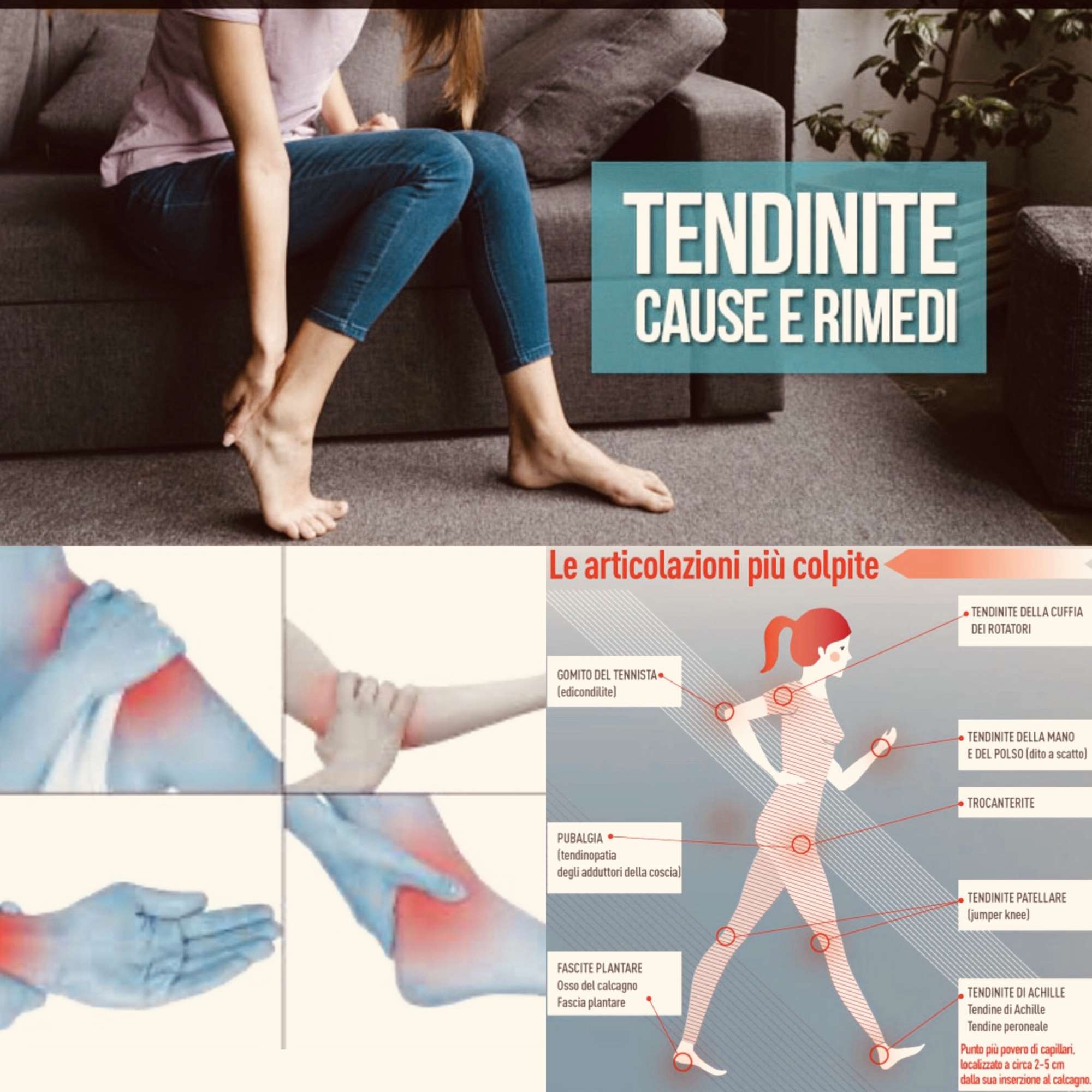Tendon Damage: The Role of Massage Therapy in Recovery

Tendon Damage: The Role of Massage Therapy in Recovery
Hundreds of tendons in the body connect muscles to the bones. These are the connecting structures that make movement possible. The main purpose of a tendon is to transfer the force of a muscle contraction to the bone for movement.
Some tendons in the body are frequently injured while others are rarely damaged. A single tendon can suffer multiple types of damage.
Difference between Tendinitis and Tendinosis
Tendinitis is an inflammation of the tendon, results from micro-tears that happen when the musculotendinous unit (where the tendon and muscle come together) is acutely overloaded with a tensile force that is too heavy and/or too sudden.Tendinitis is still a very common diagnosis, though research increasingly documents that what is thought to be tendinitis is usually tendinosis.
Tendinosis is a degeneration of the tendonís collagen in response to chronic overuse; when overuse is continued without giving the tendon time to heal and rest, such as with repetitive strain injury, tendinosis results. Even tiny movements, such as clicking a mouse, can cause tendinosis, when done repeatedly.
Tendinopathy is a general term for tendon damage involving overuse, microtears, and collagen degeneration, manifested by inflammation, pain, and weakness.
Most tendon injuries occur near a joint, hence the very descriptive names you may be familiar with: tennis elbow, golferís elbow, pitcherís shoulder, swimmerís shoulder, or jumperís knee.
What causes tendon injury?
Most tendon injuries are the result of gradual wear and tear to the tendon from overuse and aging. Anyone can have a tendon injury. But people who make the same motions over and over at their jobs, sports, or daily activities are more likely to damage a tendon. This chronic overuse weakens the tendon over time leading to injury. Without proper treatment, the condition will persist and possibly lead to a rupture, at which point surgery is usually required. Although a tendon injury may appear to happen suddenly, the tendon has most likely already weakened over time.
What are the symptoms of a tendon injury?
Pain, stiffness, decreased range of motion, weakness in affected area, possible redness and heat in cases with inflammation. Remember that since tendon injuries usually occur near a joint, the pain may feel like it is radiating around and/or out of the affected joint.
Is There Anything I Can Do At Home To Help?
Rest, but donít stop: Most likely, by the time youíve gotten to the point of injury and or pain, the tendon has been weakening in the background for some time. Tendons take longer to heal than other soft tissues, like muscle, so resting the affected area (wrist, knee, shoulder, etc) is key. However, rest doesnít necessarily mean hanging out the “Do Not Use” sign. Sometimes wearing a recommended brace or splint, or not using the injured body part can lead to atrophy and stiffness. This is less than desirable. We want to keep things moving and flexible, while avoiding activities that overload the area causing pain. (With your doctorís approval, of course.) If you need to continue working, consider adjusting the way you do things to avoid interrupting the healing process.
Ice is nice: Get friendly with the anti-inflammatory chilly goodness of an ice pack. Great to use after some activity, or anytime during the day when you have 20 minutes to cool off. For those tricky, boney, curved, non-flat areas of the body, consider a gel-pack which maintains its flexibility when cold. Some of them are even designed to be used warm as well. A worthwhile investment!
The best defense is a good offense: Under the advice of your doctor, adding in gentle strength training exercises is a great way to build muscle in the weakened area. In addition this will help to bring the opposing muscle groups back into balance, thus reducing the risk of future injury recurrence. Many times, this is where some visits to a massage therapist will come into play in your recovery. They will be able to asses your progress and recommend safe exercises for you to perform both for short term recovery, and to continue for long term wellness and performance.
How Massage Therapy Can Help
Massage therapy has been proven to be a great alternative to traditional pain management. For people suffering from tendonitis, it can help with pain relief and speed up the recovery process.
Massage stimulates circulation and cell activity, especially when done at the appropriate depth.
Deep-friction massage applied to the tendon serves to stimulate fibroblast activity and generate new collagen. Massage therapists report that applying deep-friction to the tendon for at least ten minutes after the numbing effect has been achieved results in reduced pain and increased strength and mobility. Massage therapists have found it effective to apply friction to the tendon in multiple short bursts of 20Ė30 seconds interspersed with other techniques; this strategy allows for mobilization of the tissue while minimizing discomfort for the patient.
Myofascial techniques and trigger-point therapy can reduce fascial restrictions, scar tissue, and trigger points in the muscle connected to the tendon, relieving tension on the tendon. Myofascial techniques, lengthening deep-tissue techniques, stretching and active-release techniques can reset muscle memory to a more lengthened position, reducing the tension placed on the tendon during activity. A variety of massage techniques can decrease overactive pain messages from sympathetic nervous system firing, increase circulation, and improve overall tissue health.






